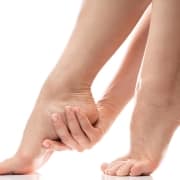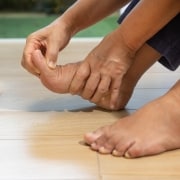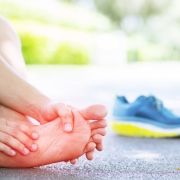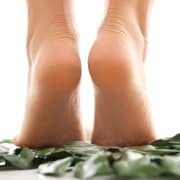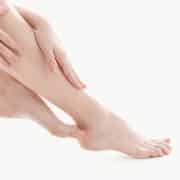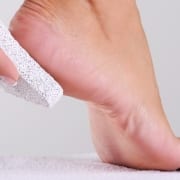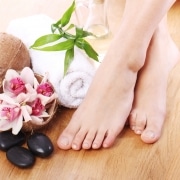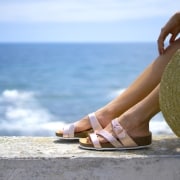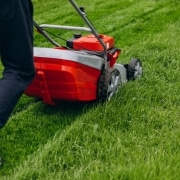Keeping Feet Healthy This Summer
Podiatrists see more patients in summer than any other time. This is likely because summer is when people go barefoot more than any other season. It’s natural to want to let your feet go au natural, but at the same time, keeping feet healthy needs to be a priority, too. Your podiatrist in Austin, TX has some great tips for ensuring healthy feet so matter where they lead you this summer!
Choose the Right Footwear
Sandals are great, and they make smart sense in hot months in Texas. But, while sandals are popular in warm weather, not all offer adequate support. Look for sandals or shoes that provide cushioning, arch support, and a secure fit to reduce the risk of blisters, sprains or stress fractures. Also, skip the cheap flip flops that populate every drugstore in town. They’re not made for walking like Johnny Cash’s boots, and can do more harm than good. Also, avoid walking barefoot in public areas like pools, beaches or locker rooms to minimize the risk of cuts or infections.
Protect Your Feet from the Sun
Going barefoot and wearing sandals means your feet are soaking up the sun, which isn’t necessarily as great a thing as Sheryl Crow implies in her hit song. Apply a broad-spectrum sunscreen with at least SPF 30 on your feet, particularly on the tops and between the toes, to help prevent sunburn and reduce the long-term risk of skin damage.
Practice Good Hygiene and Moisture Control
Feet naturally sweat more in summer, just like the rest of your body, and excess moisture can lead to issues such as fungal infections and unpleasant odors. Wash your feet daily with gentle soap and water, and dry them thoroughly—especially between the toes. Consider using moisture-wicking socks that help keep your feet dry and comfortable.
Schedule Regular Podiatry Checkups
Summer activities may put extra stress on your feet, making it essential to monitor any changes or discomfort. If you notice persistent pain, swelling, or unusual skin changes, consult your podiatrist. Regular checkups can help detect issues early, ensuring that any problems are addressed before they become serious.
Taking simple preventive measures can keep your feet healthy and pain-free all summer long. By choosing proper footwear, maintaining good hygiene against foot fungus in Austin, TX, protecting your skin from the sun, and seeking professional care when needed, you can enjoy every step of your summer adventures.



